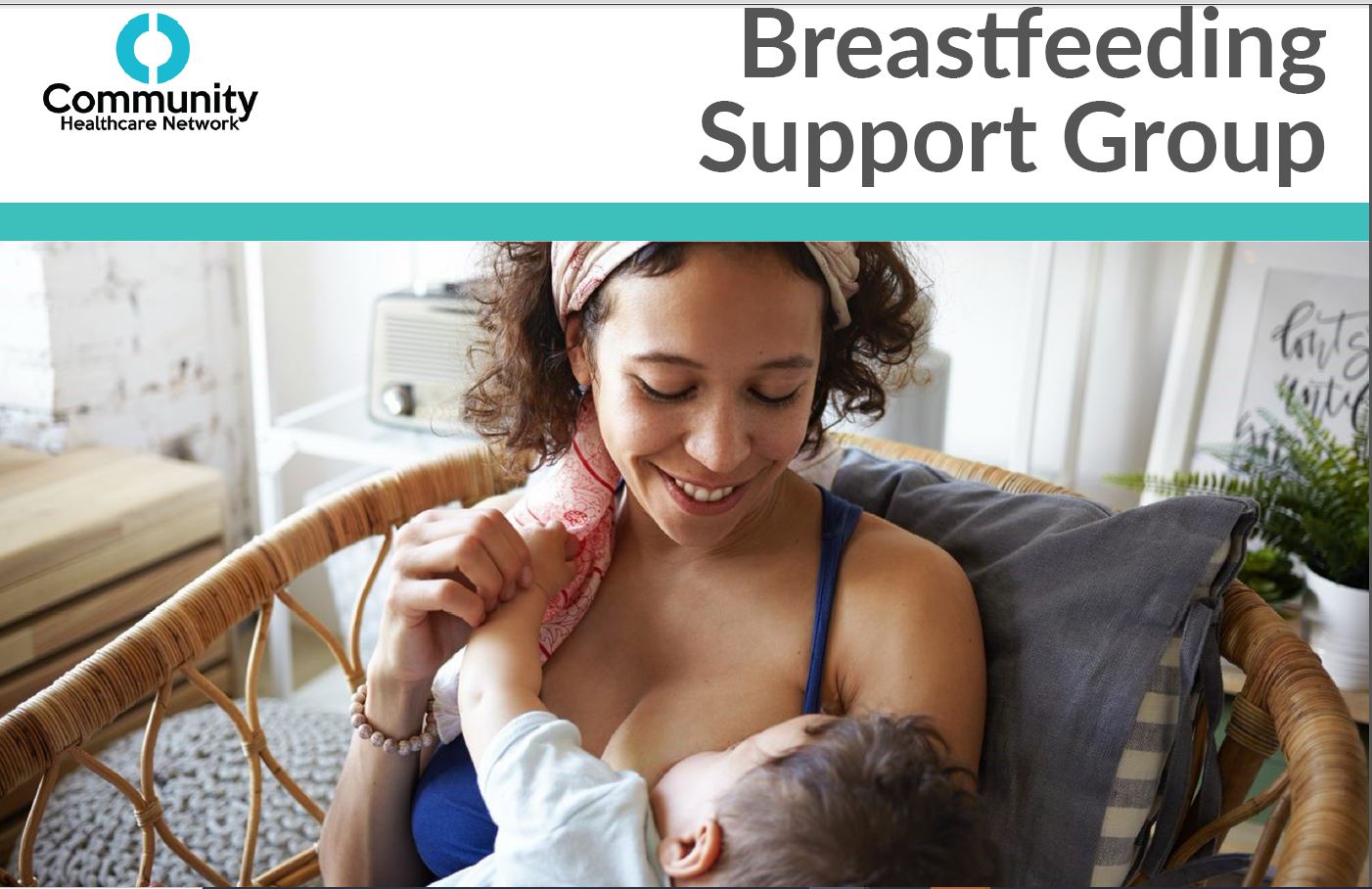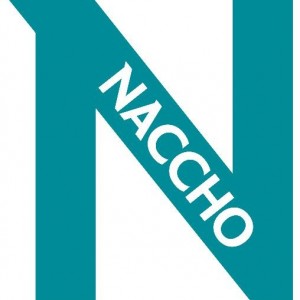
By Lindsay DuBois, MPH, CLC, Associate Director; and Melissa Olson, RD, Nutritionist, Community Healthcare Network
In New York City, we have witnessed staggering inequities in maternal health outcomes, which is largely driven by racial discrimination.[1] This inequity extends to breastfeeding rates. Through NACCHO’s Building a Breastfeeding Support Model for Community Health Center grant, Community Healthcare Network (CHN) implemented a project to improve organizational policies and practices to help increase breastfeeding rates within our low-income, African American community. This eight-month (February to September–2019) breastfeeding initiative was a multipronged approach to address the core tenets of breastfeeding: promotion, protection, and support within our network of health centers.
Challenge Statement
CHN is a Federally Qualified Health Center serving a majority of patients who are negatively impacted by structural determinants of health. CHN currently operates 12 community health centers, providing comprehensive healthcare to approximately 85,000 individuals within four of New York City’s boroughs: Manhattan, Brooklyn, the Bronx, and Queens. More than 95% of CHN’s patients are people of color, approximately 22% are uninsured, and 68% have incomes below the federal poverty level.

Similar to national trends, African American women served at CHN are less likely to both exclusively breastfeed and to breastfeed at any point during their infant’s first two months: (69%) compared to other races (79%). Within the last reporting year, a larger percentage of African American patients reported exclusive formula feeding and combination feeding (both breast milk and formula) than other racial groups. Rates of breastfeeding among African American patients fluctuate across CHN’s network of health centers, with some centers reporting rates as low as less than 50%, with numbers falling even lower as the postpartum period progresses.
While CHN provides breastfeeding support during routine appointments through our healthcare providers and Certified Lactation Counselors (CLCs), agency data shows that persistent gaps exist in breastfeeding success rates for women of color, particularly African American patients. By expanding the agency’s capacity to provide comprehensive breastfeeding support, through a culturally competent lens, CHN has attempted to close these gaps and ensure all CHN patients are receiving the education and support they need during their prenatal and postpartum care.
Solution
The project began by convening an internal Breastfeeding Taskforce with representation from Women’s Health, Nutrition, and Health Education departments. We used the expertise of Taskforce members to review existing organizational breastfeeding support policies and procedures for patients and employees.
A primary component of this project was to directly address the training needs of clinical staff. We developed and presented an in-person training to 78 medical and supportive staff during the annual Women’s Health Provider Meeting in June 2019. Attendees were a mix of providers (MD, NP) nursing (RN, MA, and LPN) and auxiliary support staff (health educators and social workers). The training provided an overview of breastfeeding best practices, key messages, and resources available within our clinics. Each participant was asked to complete an evaluation form which assessed the training content overall and the skills of the trainer. The training successfully met objectives, and we are now in the process of creating an electronic learning module with similar content that will be used to train new hires.

We also launched two professional-led support groups in the Bronx and Queens. Participant recruitment was a challenge, but we used this as an opportunity to formalize relationships with community partners, including other community-based organizations (Bronx VA Medical Center and Tremont Health Action Center) and Jamaica Hospital. The partner agencies are now familiar with our services at CHN and know they can refer clients for newborn care and breastfeeding support.
As for systemic and sustainable changes, CHN was able to make some updates to our Electronic Health Records (EHR) breastfeeding template (eCW) to more accurately capture infant feeding data. Now we can generate a report to track breastfeeding rates over time and will continue to track progress after the completion of the NACCHO contract. At the end of the project period, we launched a social marketing campaign with culturally sensitive and health-literate messaging to improve the clinic environment to be more supportive and welcoming of breastfeeding. The messages were launched in coordination with World Breastfeeding Week in August and will remain part of the images displayed on waiting room TVs across the Network.
Results
Overall, this project has resulted in an increased organizational capacity to provide breastfeeding education, promotion, and support. We hope this work will serve as a model for other community health centers seeking to integrate breastfeeding support into routine clinical care.
We will be able to sustain many of our achievements beyond the contract. These include: the training content that will be available online; updated policy and procedures that clearly state the breastfeeding support workflow and internal resources available; the breastfeeding data collection system; and the newly purchased breastfeeding supplies to enhance support, including infant scales for baby weight checks. We can now maintain a breastfeeding-friendly environment with our evergreen multimedia featuring breastfeeding support messages, which will run continually on the waiting room TVs throughout our centers. Our Breastfeeding Taskforce, which had been inactive for four years, will continue to meet and proactively collaborate on lactation materials and support systems within the organization.
Although the breastfeeding support groups were not successful, it filled a community need when the Baby Café for local WIC was temporarily unavailable.
Lessons Learned

We learned a lot from the process of implementing the breastfeeding support groups. Despite our best efforts, we continued to face challenges with recruitment. We did launch two BreastFeeding Support Groups in the Bronx and Queens, which were led by IBCLCs. Over time, it became clear that the groups were not well-attended. We examined the reasons for low attendance (e.g., difficulty for new parents to attend visits with their babies; lack of incentives; etc.). It may be that the “breastfeeding support group” name is not the most appropriate choice for every community.
Eventually, we decided to switch our strategy and join efforts with a local neighborhood health center to leverage their well-attended monthly “Baby Shower.” We offered referrals to 1:1 lactation support sessions at our health centers, which helped us deepen our community partnerships. We will reassess community needs, and if we do decide to offer support groups again in the future, we will consider changing the support group name and our marketing strategies to be more inclusive.
References
- [1] New York State Taskforce on Maternal Mortality and Disparate Racial Outcomes (2019) Recommendations to the Governor to Reduce Maternal Mortality and Racial Disparities. Retrieved from: https://www.governor.ny.gov/sites/governor.ny.gov/files/atoms/files/maternal_mortality_Mar12.pdf
For more information, contact Lindsay DuBois or Melissa Olson at [email protected] or [email protected].



